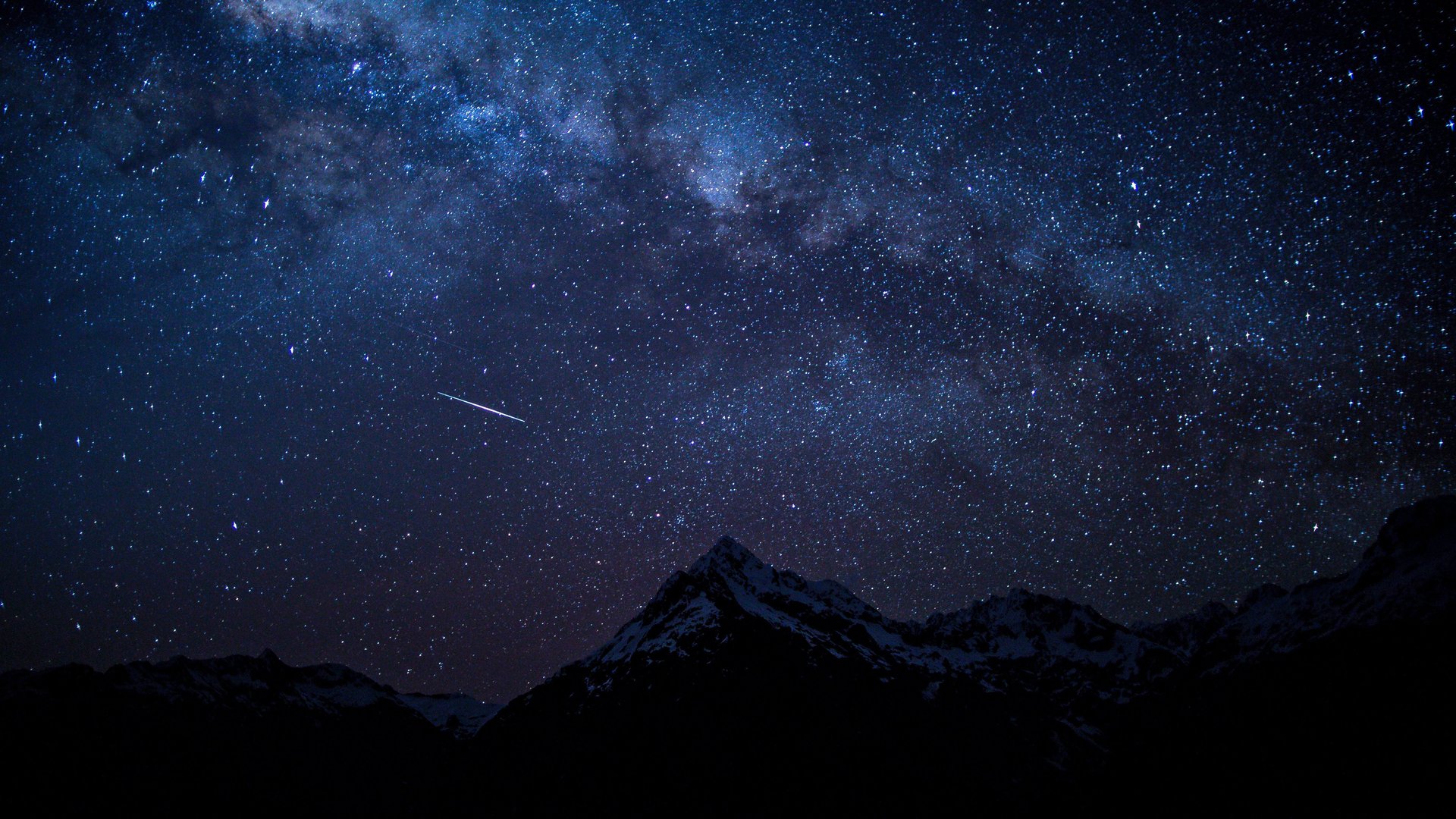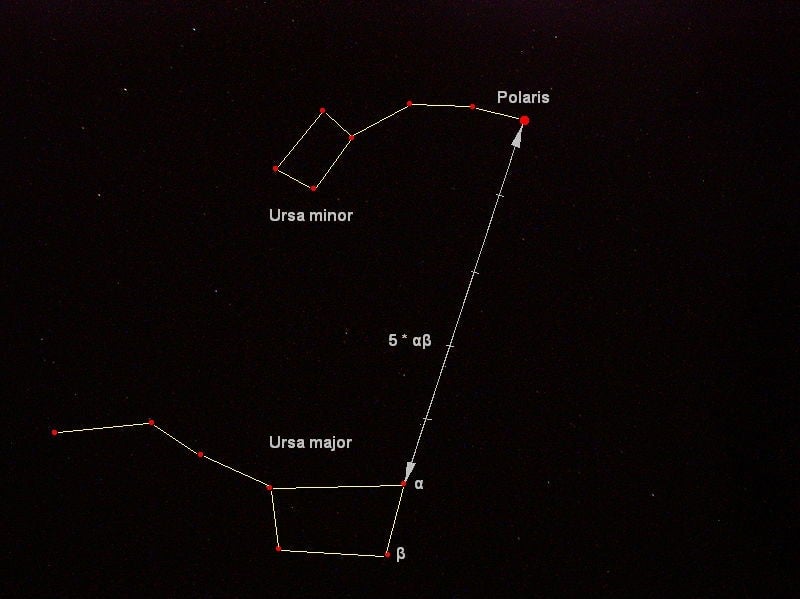You can celebrate the winter solstice with a dazzling meteor shower
The Northern Hemisphere will welcome the winter solstice as the clock strikes 4:28pm GMT on Dec. 21. On the longest night of the year that follows, step out into the darkness to enjoy nature’s final big celestial show of 2017.


The Northern Hemisphere will welcome the winter solstice as the clock strikes 4:28pm GMT on Dec. 21. On the longest night of the year that follows, step out into the darkness to enjoy nature’s final big celestial show of 2017.
The Ursid meteor shower 🌠 will peak sometime after midnight on the morning of Dec. 22, during which viewers should be able to catch five to 10 meteors per hour. In past years, the annual shower has blessed viewers with bursts of 50 to 100 meteors per hour, but such events are rare, according to experts. While the shower isn’t as dramatic as the Geminids from early December, the crescent moon 🌙 will leave a darker canvas for skywatchers to see the brilliant “shooting stars” across the night sky.
Remove yourself from any light pollution to enjoy the best experience. (The Ursids aren’t very visible to those in the Southern Hemisphere because its radiant point—where its meteors appear to originate—is a far-north constellation.)
What is a meteor shower?
When space rocks known as meteoroids—often no bigger than grains of sand—collide with Earth’s atmosphere, they burn up and create tails that look like bright streaks. These are what we call meteors. If they reach the ground, they’re called meteorites. (The Ursids won’t turn into meteorites because they’re too small to survive the descent.)
On a typical night, you might expect to see a handful of meteors per hour, according to the American Meteor Society, depending on the time of day and year. When Earth plows through a stream of meteoroids, creating a much higher rate of meteors, we call it a meteor shower.
Most meteor showers originate from comets ☄️, which produce lots of meteoroids that create a nighttime display if they intersect with Earth’s orbit. The Ursids come from the Comet 8P/Tuttle—discovered in 1790 and re-discovered by Horace Tuttle in 1858—which orbits the sun ☀️ every 14 years.
When can I see the Ursid meteor shower?
The Ursids are active each year between Dec. 17 and Dec. 24. Experts say that this year the best time to enjoy the meteor shower is on the night of Dec. 21 and morning of Dec. 22, and you should still be able to catch them any other night through Dec. 24. Head out during the darkest hours 🌃 to increase your chances of seeing their flickering light.
How do I get the best view of the Ursid meteor shower?
Like the supermoon 🌕, you can watch the meteor shower sans special glasses 🕶 and without the aid of a telescope 🔭. If you’re in a cold area, dress warmly and grab a blanket to lie down (ideally somewhere far away from light pollution). It’ll take 20-30 minutes for your eyes to adjust to the dark.
The shower is named Ursid because it appears to originate from the Ursa Minor constellation, most commonly called the Little Dipper. If you’re having trouble identifying it, look for the brighter Big Dipper, and use the two stars that trace the outer edge of its ladle to point you to Polaris, the North Star 🌟. This is the star at the end of the Little Dipper’s handle. Once you’ve found Ursa Minor, look around the constellation to see meteors with longer tails.
